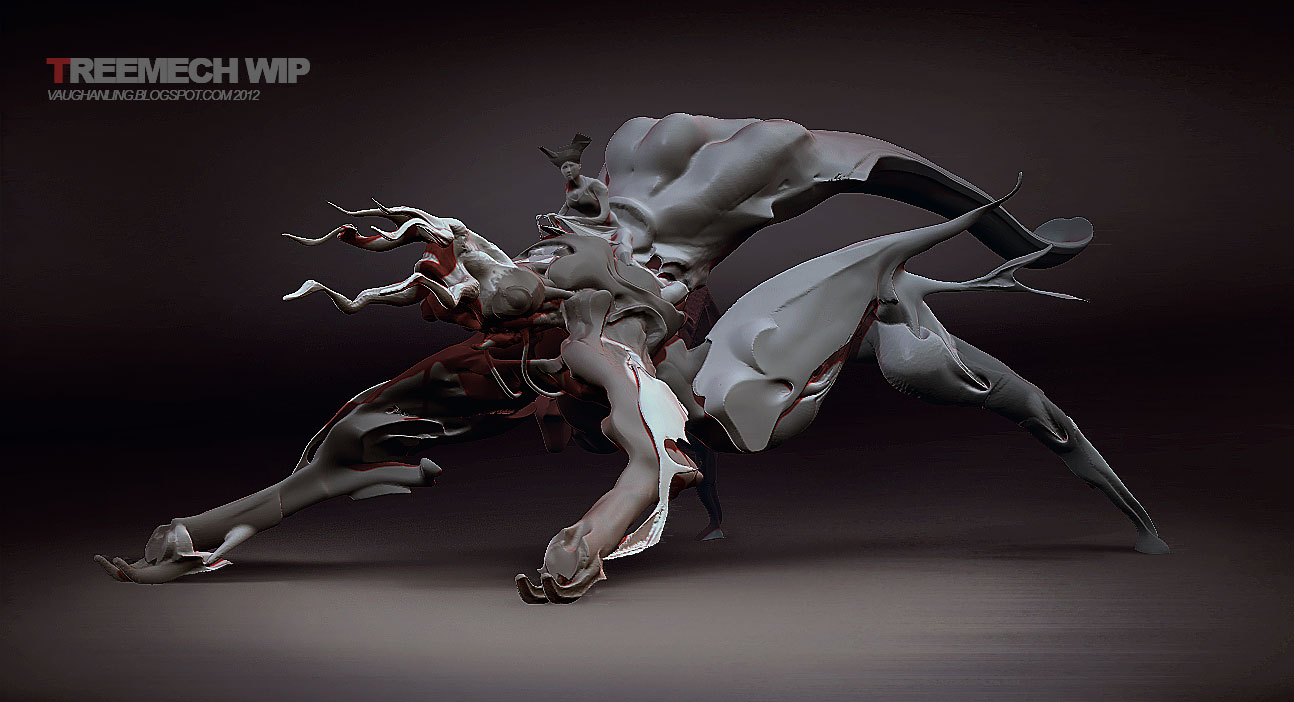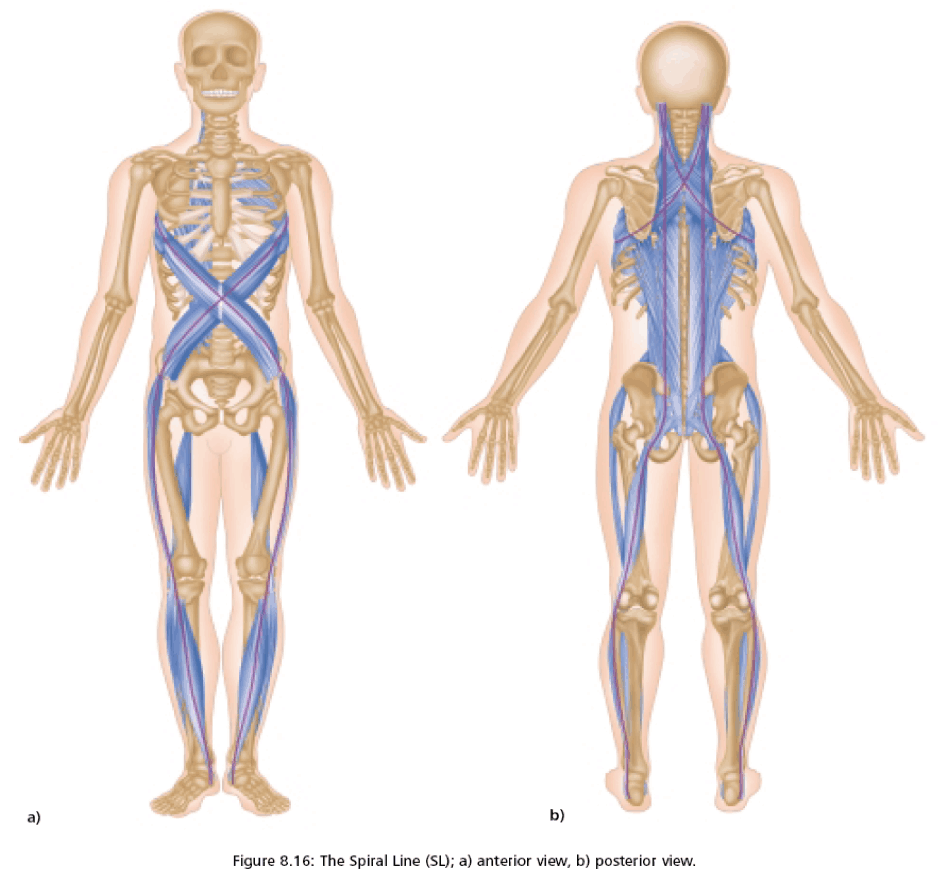Thomas Myers studied with Drs. Ida Rolf, Moshe Feldenkrais, and Buckminster Fuller, and with a variety of movement and manual therapy pioneers. His work is influenced by cranial, visceral, and intrinsic movement studies he made with European schools of osteopathy. An inveterate traveler, Tom has practiced integrative manual therapy for over 40 years in a variety of clinical and cultural settings. Tom is the author of Anatomy Trains (2020, 4th ed), co-author of Fascial Release for Structural Balance (North Atlantic, 2010, 2017), co-author of Anatomy Trains in Motion Study Guide (2019), author of Body3, The Anatomist’s Corner, Structural Integration: Collected Articles, and BodyReading: Visual Assessment and The Anatomy Trains, and has also written extensively for Journal of Bodywork and Movement Therapies (Elsevier). He has also produced over 20 online learning courses with Anatomy Trains, and others in collaboration with various body-oriented professional groups. Tom lives and sails on the coast of Maine in the USA. Tom and his faculty conduct professional development courses and certification in Structural Integration worldwide.




Thomas Myers Anatomy Trains Book

Thomas Myers Anatomy Trains
Anatomy Trains champions a wider scope of the body and its movement systems. Gray Cook MSPT, OSPT, CSCS, Developer of the Functional Movement Screen Tom Myers' masterful second edition of Anatomy Trains incorporates the most recent scientific concepts into a framework for understanding and practicing deep tissue work. Get a multi-dimensional understanding of musculoskeletal anatomy with Anatomy Trains: Myofascial Meridians for Manual Therapists & Movement Professionals, 4th Edition.This hugely successful, one-of-a-kind title continues to center on the application of anatomy trains across a variety of clinical assessment and treatment approaches — demonstrating how painful problems in one area of the body. By Thomas Myers The shoulder is the main support for the body weight in compression for most quadrupeds (A) and the main support in tension for arboreal apes (B). In a standing human (C) this is all reversed. To oppose this force, a.




